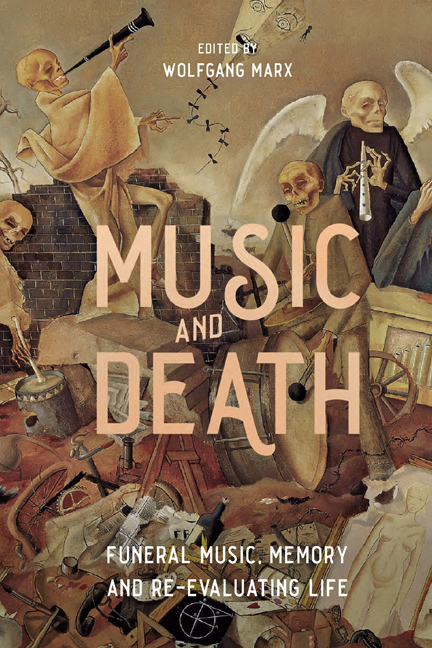3 - Types of Mercy and Non-liturgical Dramaturgy: The Musical Requiem as a Concert Piece
Published online by Cambridge University Press: 12 January 2024
Summary
From 1570 until 1969 (the aftermath of the Council of Trent until the Second Vatican Council), the liturgy of the Mass for the Dead was centrally determined for the Catholic world in a unified way. Prior to Trent there had been local variations: for example, the Dies irae sequence was not in use in many places, while the Proper could feature different texts. Miriam Wendling's chapter in this volume elucidates the broad range of textual and musical variants that could be found in different regions and institutional contexts: ‘A number of variables determined what would be sung at such a Mass. Individual regions, institutions, and religious orders had distinct traditions both in the choice of texts used for the Proper chants of the Mass and in melodic variants found within these chants’. Yet since 1570 the standardised texts to be used in any Requiem Mass were the introit (Requiem aeternam), the Kyrie eleison, the gradual (Requiem aeternam), the tract (Absolve, Domine), the sequence (Dies irae), the offertory (Domine Jesu Christe), the Sanctus and Agnus Dei as part of the Eucharist, and the communio (Lux aeterna). A composer setting a Requiem Mass had to use these texts (although not necessarily all of them; those left out would be sung as Gregorian chant during the Mass). In Mozart's time many requiem compositions left out one or both of the gradual and tract, while in the nineteenth century some composers began to add the responsory (Libera me) and/or the antiphon (In paradisum), both part of the office of the dead yet not in the Requiem Mass itself.
Mozart's Requiem was written in the early days of what Carl Dahlhaus has described as the period of the ‘disintegration of genres’ that was eventually completed in the twentieth century. Dahlhaus associates this trend with a shifting focus away from a piece's adherence to generic norms towards the aspects that make it unique and original – and that, unsurprisingly, often transcend or ignore those generic norms: ‘The abrogation of musical genres, whose importance had already declined in the course of the nineteenth century, is the result of the reverse of an emancipation of the individual work which is directed not only against functional constraints but also against dependence on types and models’.
- Type
- Chapter
- Information
- Music and DeathFuneral Music, Memory and Re-Evaluating Life, pp. 53 - 68Publisher: Boydell & BrewerPrint publication year: 2023



